Technical Documentation: GE IS215VAMBH1A
1. Product Description
The GE IS215VAMBH1A is a high-performance analog input module designed for GE’s Mark VIe Distributed Control System (DCS), a leading automation platform for power generation, industrial turbomachinery, and heavy-duty manufacturing. As a key component of the Mark VIe I/O family, this module specializes in precise acquisition, conditioning, and transmission of analog signals from field sensors—enabling real-time monitoring and control of critical parameters such as temperature, pressure, flow, and vibration in mission-critical systems.
Unlike standard analog modules, the IS215VAMBH1A is engineered for industrial-grade reliability and seamless integration with GE’s turbomachinery control solutions (e.g., gas turbines, steam turbines, generators). Its core strengths lie in high-resolution signal processing, built-in redundancy, and compliance with strict industry standards (e.g., IEEE, IEC), making it ideal for applications where measurement accuracy and system uptime directly impact operational safety and efficiency.
Key Differentiators
- High-Precision Signal Acquisition: 24-bit ADC resolution and advanced noise filtering ensure sub-millivolt signal detection, critical for monitoring subtle changes in turbomachinery performance (e.g., turbine bearing temperature drift).
- Redundant Design: Supports dual-module redundancy (1+1) and hot-swap capability, eliminating single points of failure and enabling maintenance without system shutdowns.
- Mark VIe Ecosystem Compatibility: Natively integrates with GE’s Mark VIe controllers (e.g., IC698CPE030) and HMI software (e.g., CIMPLICITY), leveraging the DCS’s unified data architecture for end-to-end control.
Typical Applications
- Power Generation: Monitoring steam turbine inlet pressure, generator stator temperature, and boiler feedwater flow in coal-fired, gas-fired, or nuclear power plants.
- Industrial Turbomachinery: Acquiring vibration, oil pressure, and exhaust temperature signals from gas turbines used in pipeline compression or marine propulsion.
- Heavy Manufacturing: Controlling process parameters (e.g., molten metal temperature in steel mills, chemical reactor pressure) in large-scale industrial facilities.
2. Technical Specifications
Specifications are organized by functional category, with clear industrial relevance highlighted to connect parameters to real-world operational needs.
2.1 Analog Input Performance
|
Parameter
|
Details
|
Industrial Relevance
|
|
Input Channels
|
16 differential analog input channels; configurable per channel
|
Enables simultaneous monitoring of 16 independent sensors (e.g., 8 temperature + 8 pressure probes) in a single turbine system.
|
|
Signal Types Supported
|
Voltage: ±10V, ±5V, 0-10V, 0-5V; Current: 4-20mA, 0-20mA; RTD: Pt100, Pt1000 (IEC 751)
|
Universal compatibility with common field sensors, eliminating the need for signal converters.
|
|
ADC Resolution
|
24-bit, sigma-delta architecture; sampling rate: 100 Hz per channel (configurable up to 500 Hz)
|
Captures subtle signal variations (e.g., 0.1°C temperature changes in turbine bearings) for early fault detection.
|
|
Measurement Accuracy
|
Voltage: ±0.02% Full Scale (FS); Current: ±0.01% FS; RTD: ±0.05% FS (at 25°C)
|
Meets IEEE 1159 power quality standards, ensuring reliable data for turbine control algorithms.
|
|
Noise Filtering
|
8th-order low-pass filter (cutoff frequency: 0.1-100 Hz, software-configurable); 50/60 Hz notch filter
|
Reduces electrical noise from power lines or motor drives, critical for accurate measurement in industrial environments.
|
2.2 Hardware & Mechanical Design
|
Parameter
|
Details
|
Industrial Relevance
|
|
Power Requirements
|
5V DC (from Mark VIe I/O rack); typical current: 200 mA; max current: 300 mA
|
Draws minimal power from the system rack, supporting dense I/O configurations.
|
|
Isolation
|
Channel-to-channel: 2.5 kV AC (1 minute); Channel-to-ground: 5 kV AC (1 minute); galvanic isolation
|
Prevents ground loops and protects the module from voltage surges (e.g., lightning-induced transients in power plants).
|
|
Form Factor
|
3U rack-mount; dimensions: 152 mm (W) × 102 mm (H) × 229 mm (D); compatible with GE Mark VIe I/O racks (e.g., IC698CHS010)
|
Fits standard industrial cabinets, enabling compact integration with other Mark VIe modules (e.g., digital I/O, communication modules).
|
|
Hot-Swap Capability
|
Supports live insertion/removal per IEC 61326-3-1
|
Allows module replacement during system operation, reducing unplanned downtime (critical for power plants with 24/7 operation).
|
2.3 Environmental Ratings
|
Parameter
|
Details
|
Industrial Relevance
|
|
Operating Temperature
|
-40°C to +70°C (-40°F to +158°F); storage temperature: -55°C to +85°C (-67°F to +185°F)
|
Withstands extreme temperatures in power plant turbine halls or outdoor industrial facilities.
|
|
Humidity Resistance
|
5% to 95% RH (non-condensing), per IEC 60068-2-30
|
Operates reliably in humid environments (e.g., coastal power plants, chemical processing facilities).
|
|
Vibration & Shock
|
Vibration: 10-500 Hz, 2 g (random, IEC 60068-2-6); Shock: 30 g (11 ms, IEC 60068-2-27)
|
Tolerates mechanical stress from turbomachinery vibration or equipment handling during maintenance.
|
|
EMC Compliance
|
Emissions: EN 61000-6-4; Immunity: EN 61000-6-2 (industrial environment)
|
Resists electromagnetic interference from nearby high-voltage equipment (e.g., generators, transformers) without signal degradation.
|
2.4 Communication & Integration
|
Parameter
|
Details
|
Industrial Relevance
|
|
Backplane Communication
|
GE Proprietary Serial Backplane (10 Mbps); compatible with Mark VIe I/O Bus
|
Enables deterministic data transfer to Mark VIe controllers (latency < 10 ms), critical for real-time turbine control.
|
|
Configuration Interface
|
GE ToolboxST software (for parameter setup, calibration, and diagnostics); supports offline/online configuration
|
Simplifies module setup (e.g., defining input ranges, filter settings) and reduces commissioning time.
|
|
Diagnostic Features
|
Channel-level fault detection (open/short circuit, overrange); module health monitoring (power, temperature); fault logging (1000 events)
|
Enables rapid troubleshooting (e.g., identifying a faulty RTD sensor) and predictive maintenance (e.g., alerting to abnormal module temperature).
|
|
Redundancy Support
|
1+1 module redundancy (active-standby); automatic failover (< 50 ms)
|
Ensures uninterrupted signal acquisition in safety-critical systems (e.g., nuclear power plant reactor cooling control).
|
3. System Overview
The GE IS215VAMBH1A operates as a critical link between field sensors and the Mark VIe DCS, functioning within a three-layer architecture—signal conditioning, data processing, and system integration—to deliver reliable analog input capabilities:
3.1 Layer 1: Signal Conditioning
This layer prepares raw sensor signals for accurate measurement, addressing common industrial challenges like noise, interference, and signal degradation:
- Differential Input Design: Each channel uses differential wiring to reject common-mode noise (e.g., voltage fluctuations from power cables), ensuring stable measurements even in high-EMI environments (e.g., near turbine generators).
- Sensor-Specific Calibration: The module supports automatic calibration for RTDs (compensating for lead resistance) and current/voltage sensors (adjusting for offset drift over temperature). For example, a Pt100 RTD measuring turbine bearing temperature is calibrated to account for 0.1Ω lead resistance, eliminating measurement errors.
- Overvoltage/Overcurrent Protection: Each channel includes transient voltage suppressors (TVS diodes) and current-limiting resistors to protect against sensor wiring errors (e.g., accidental connection to 220V AC), preventing module damage and ensuring system longevity.
3.2 Layer 2: Data Processing
This layer converts conditioned analog signals into digital data for the Mark VIe controller, prioritizing accuracy and speed:
- High-Resolution ADC Conversion: The 24-bit sigma-delta ADC samples each channel at up to 500 Hz, capturing fine-grained signal details (e.g., 0.01 psi pressure changes in a steam line). Digital filtering (low-pass + notch) removes residual noise without introducing latency.
- Data Validation: Built-in logic checks for signal plausibility (e.g., “Is the measured temperature within the turbine’s safe operating range?”) and flags anomalies (e.g., a sudden 10°C spike in bearing temperature) as faults. Faulty data is excluded from control algorithms to prevent incorrect decisions.
- Redundancy Management: In 1+1 redundant configurations, the active module continuously syncs data with the standby module. If the active module fails (e.g., ADC error), the standby module takes over in <50 ms, ensuring no data loss or control interruption.
3.3 Layer 3: System Integration
This layer connects the module to the broader Mark VIe ecosystem, enabling end-to-end control and monitoring:
- Backplane Data Transfer: Processed digital data is transmitted to the Mark VIe controller (e.g., IC698CPE030) via the proprietary serial backplane. The controller uses this data to execute control loops (e.g., adjusting fuel flow to maintain turbine speed) and trigger alarms (e.g., shutting down the turbine if bearing temperature exceeds 120°C).
- HMI Visualization: Data from the IS215VAMBH1A is displayed in GE’s CIMPLICITY HMI, providing operators with real-time dashboards (e.g., “Turbine Parameter Trends”) and historical logs (e.g., “72-Hour Pressure Data”). Operators can also configure module settings (e.g., filter cutoff frequency) via the HMI.
- Diagnostic Integration: Fault data (e.g., “Channel 5: RTD Open Circuit”) is sent to the Mark VIe’s diagnostic server, which generates maintenance alerts (via email/SMS) and logs events for compliance reporting (e.g., meeting ISO 55000 asset management standards).
Example: Gas Turbine Temperature Monitoring
In a combined-cycle power plant, the IS215VAMBH1A is used to monitor 16 gas turbine exhaust temperature sensors (Pt100 RTDs):
- Signal Acquisition: Each RTD’s analog signal is conditioned (differential input + lead resistance compensation) to remove noise from nearby generators.
- Data Conversion: The 24-bit ADC samples each RTD at 100 Hz, converting the signal to a digital value representing temperature (e.g., 500°C).
- Control Action: The Mark VIe controller uses the temperature data to adjust the turbine’s inlet guide vanes, preventing overheating. If any RTD fails (e.g., open circuit), the module flags the fault, and the controller uses data from redundant sensors to maintain control.
- Monitoring: Operators view real-time exhaust temperatures in CIMPLICITY HMI and access historical trends to optimize turbine maintenance schedules.
4. Related Models in the GE Mark VIe Analog I/O Series
The Mark VIe family includes specialized analog modules to address diverse application needs. Below are key alternatives and complements to the IS215VAMBH1A:
|
Model
|
Key Differences from IS215VAMBH1A
|
Ideal Application
|
|
GE IS215VAMCH1A
|
– 8 differential analog input channels (vs. 16 in IS215VAMBH1A)- Lower power consumption (150 mA vs. 200 mA)- Cost-effective for small-scale systems
|
Compact turbomachinery (e.g., small gas turbines for cogeneration) or applications requiring fewer sensors.
|
|
GE IS215VAMAH1A
|
– 16 single-ended analog input channels (vs. differential)- Supports thermocouples (Type K/J/T/E) in addition to RTDs/current/voltage
|
High-temperature applications (e.g., steel mill furnace temperature monitoring) where thermocouples are preferred over RTDs.
|
|
GE IS215VAMBH2A
|
– Higher sampling rate (1000 Hz per channel vs. 500 Hz)- Enhanced EMC immunity (EN 61000-6-2 Class A)- Extended temperature range (-40°C to +85°C)
|
Fast-response systems (e.g., chemical reactor pressure control) or extreme-environment applications (e.g., desert power plants).
|
|
GE IS215VAMBH1B
|
– Explosion-proof design (ATEX Zone 2/IECEx)- Intrinsically safe circuits (for Zone 1 compatibility with barriers)- Stainless steel housing
|
Hazardous environments (e.g., oil refinery turbine control, offshore gas compression stations) where flammable gases are present.
|
|
GE IS215VAMBH1C
|
– 16-channel analog input + 4-channel analog output (vs. input-only)- Supports 4-20mA output for actuator control
|
Systems requiring both monitoring and actuation (e.g., water treatment plants, where the module measures flow and controls valve position).
|
|
GE IS215VAMBH1D
|
– Ethernet communication (Modbus TCP/IP) in addition to backplane- Cloud connectivity (compatible with GE Predix platform)- Edge analytics for predictive maintenance
|
Smart factories or remote monitoring applications (e.g., remote wind farms, where data is sent to the cloud for fleet-wide performance analysis).
|





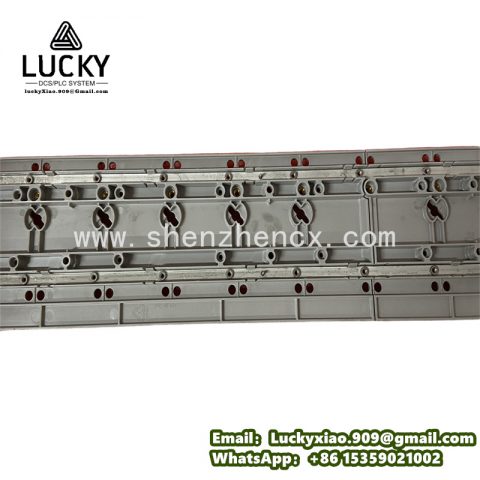
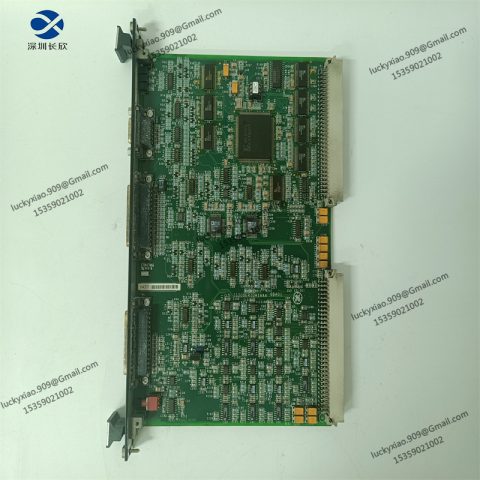

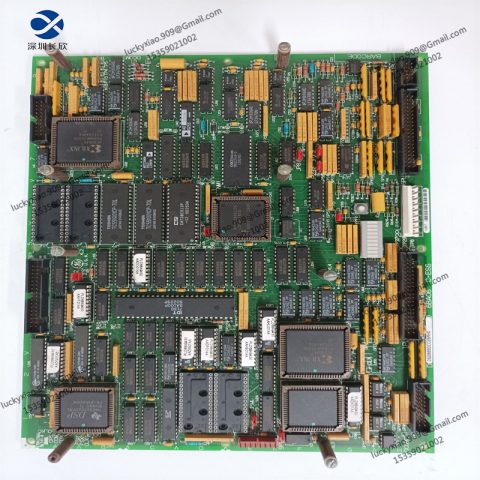
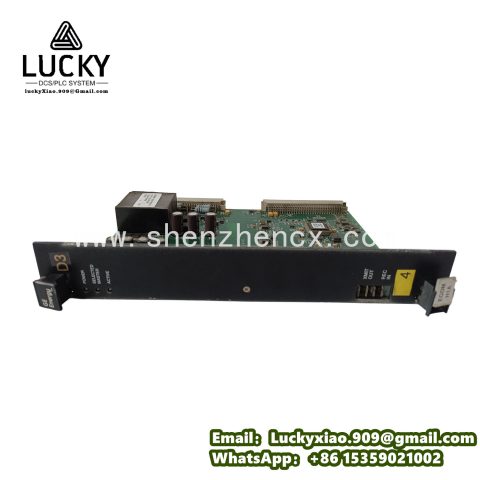
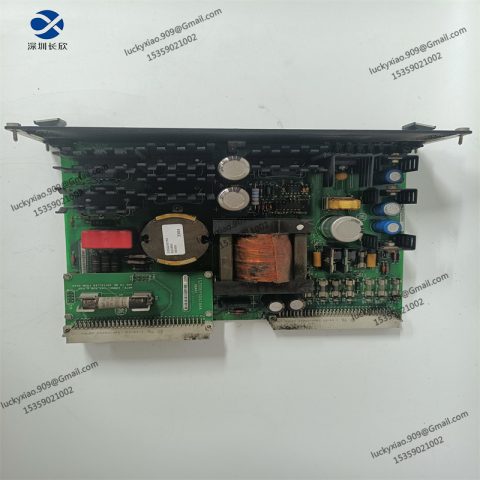
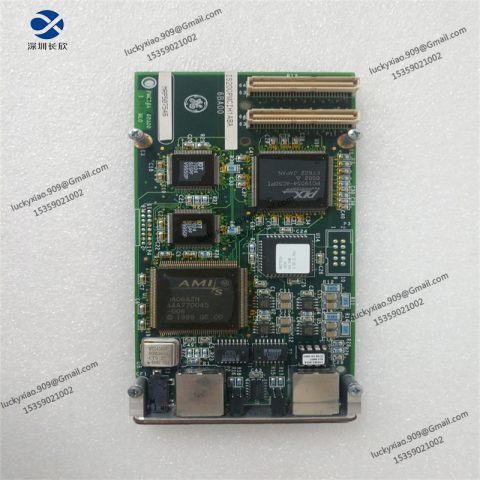
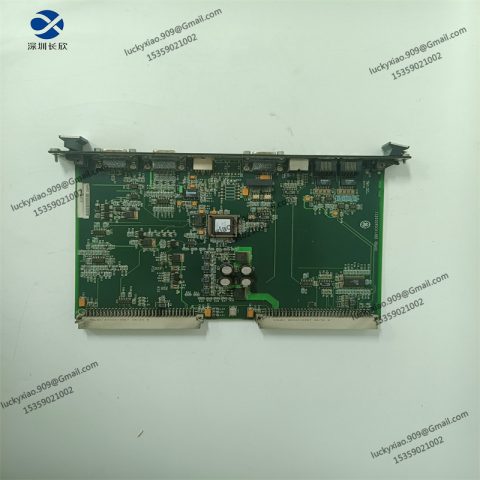
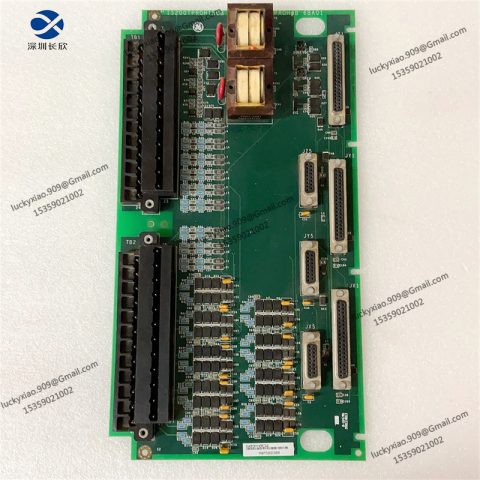
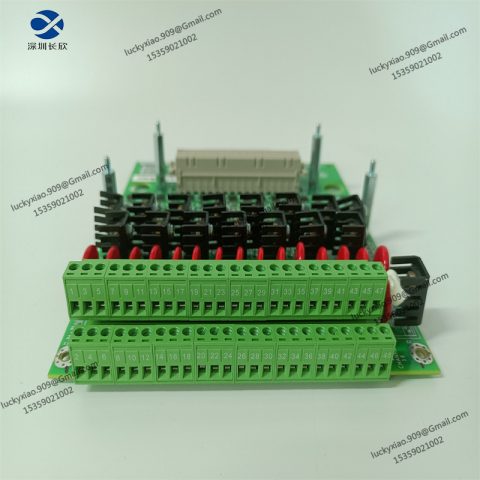
There are no reviews yet.